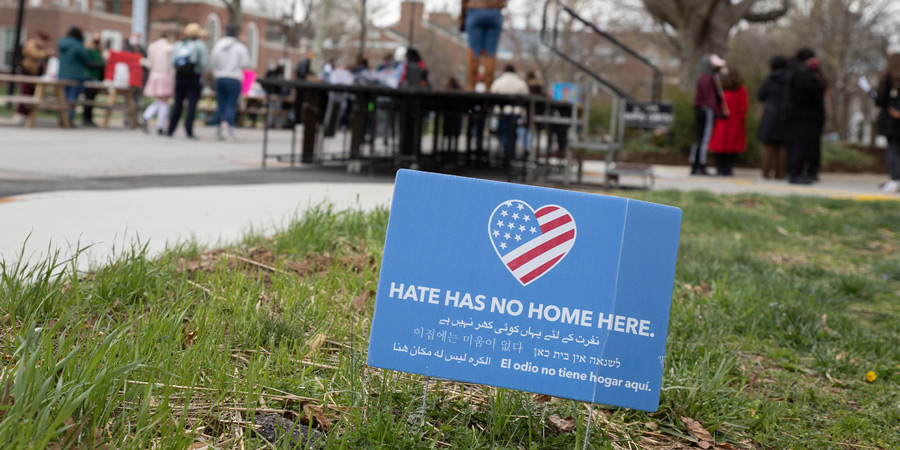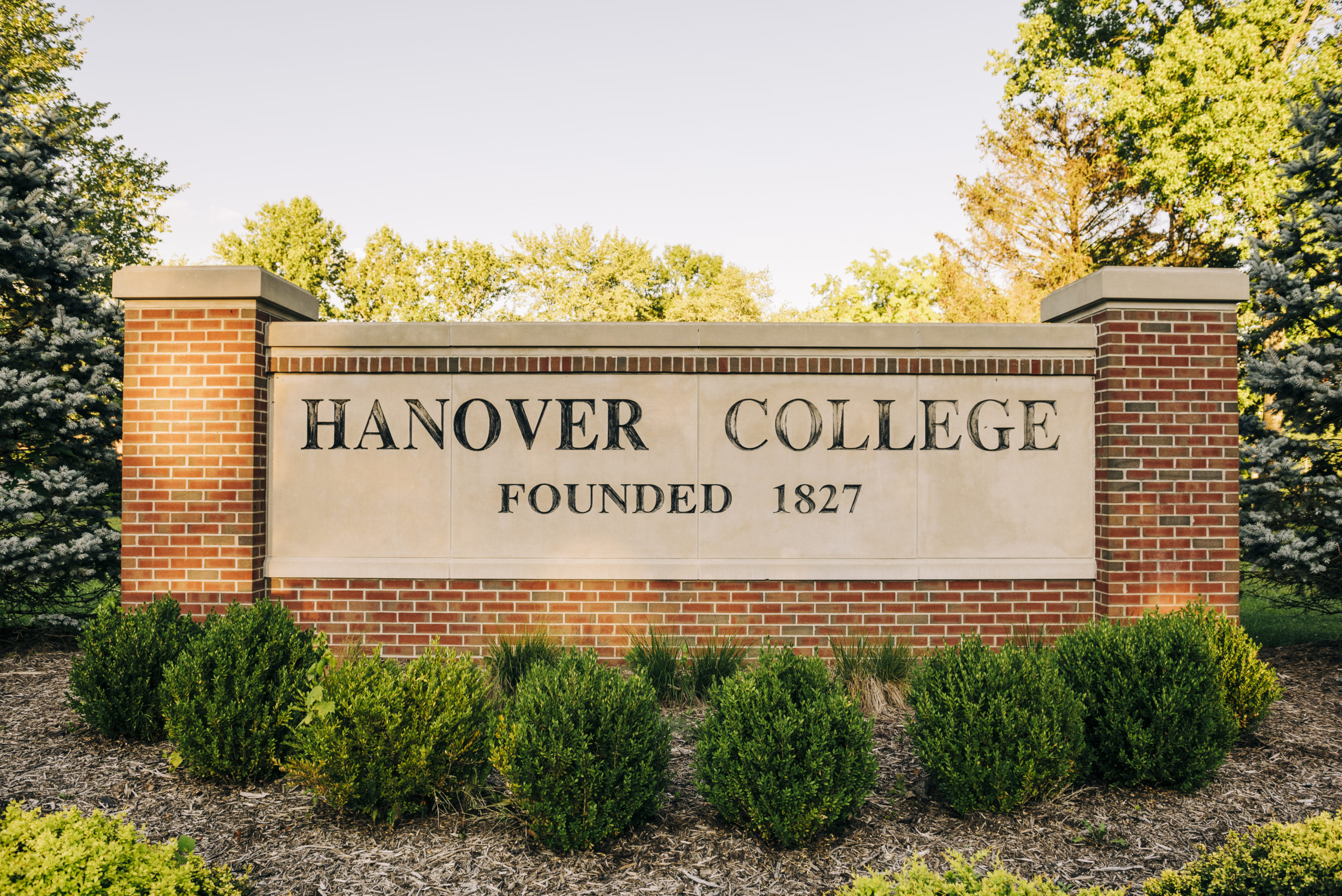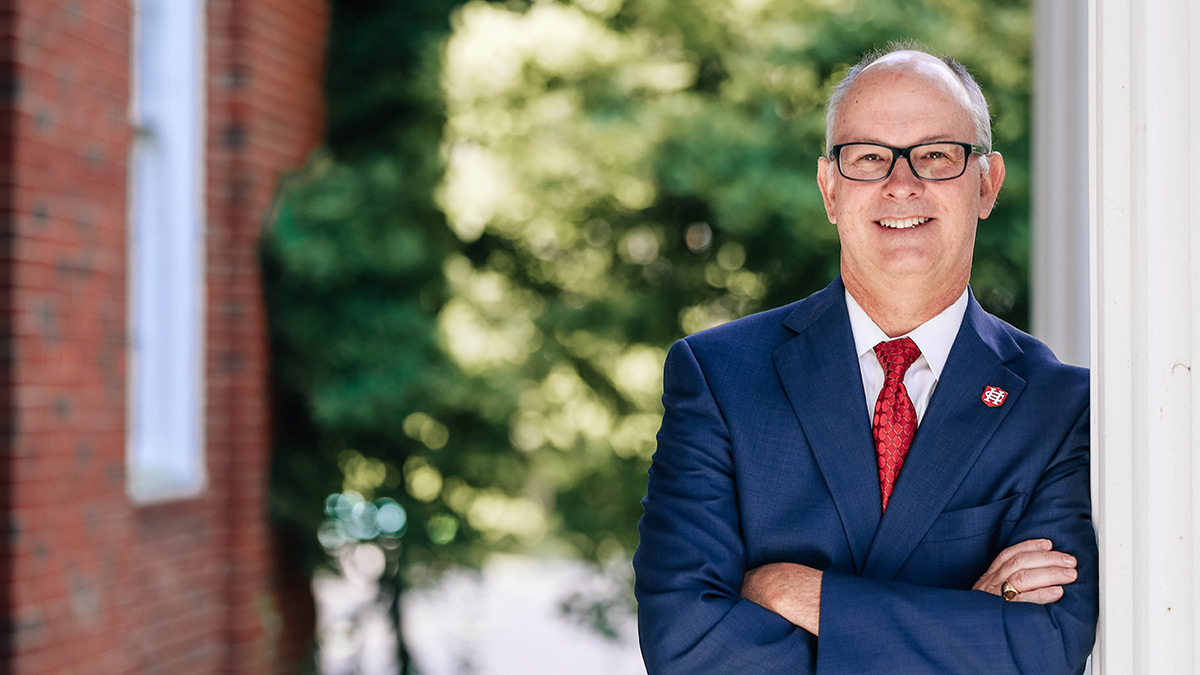50 years ago: April 3, 1974 tornado strikes Hanover’s campus
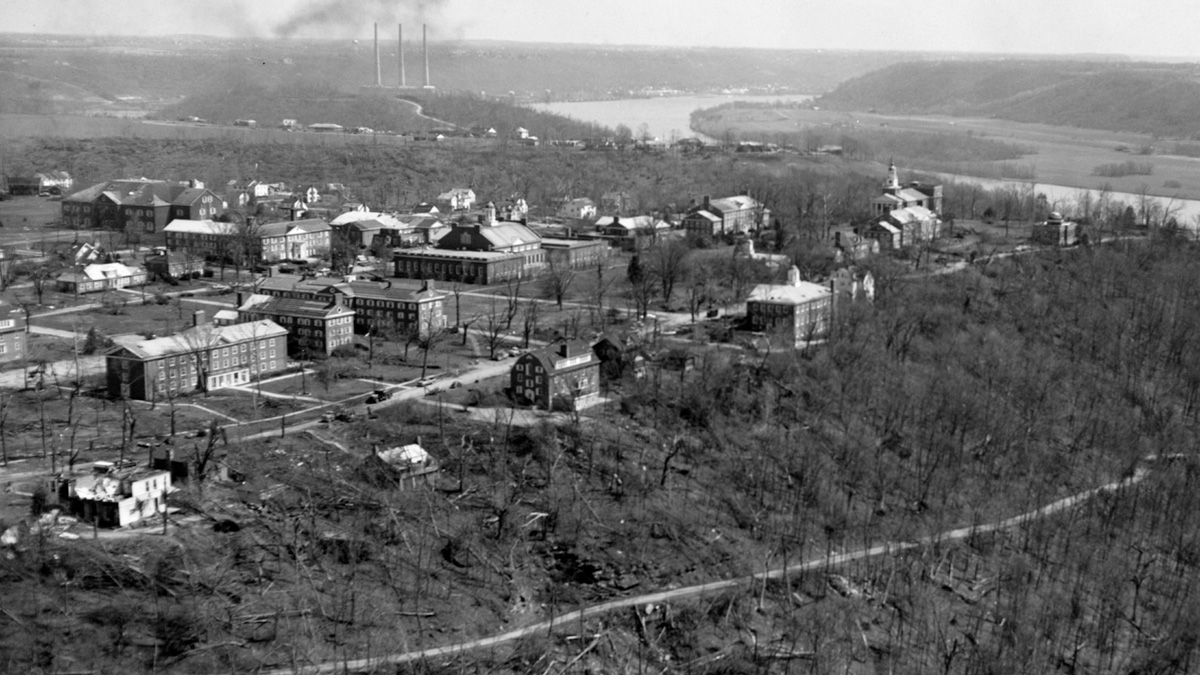
April 3 marks the 50th anniversary of the violent tornado that ripped through a significant sector of Jefferson County, Ind., striking the Hanover College campus at 3:51 p.m.



The storm was part of the famed April 3, 1974, Super Outbreak, which included nearly 150 confirmed tornadoes in 13 U.S. states and Canada during an 18-hour period. The episode, which stands as the most-violent weather outburst in recorded history, covered more than 2,600 miles, killed 330 people, injured more than 6,000 people and left thousands homeless. In Jefferson County, two F4 tornadoes killed 11 and left more than 300 with injuries.
The College’s campus was pummeled by the storm, which lasted just minutes, suffering $10 million in damage ($62 million today). More than 30 of its buildings were damaged and two were completely destroyed. All roads were blocked by debris. Electricity, water and telephone service were knocked out. The once heavily forested southern side of campus and Happy Valley were left nearly barren in spots.



That evening, then-President John Horner gathered the campus community on the J. Graham Brown Campus Center’s patio. Nearly 1,000 students were on campus that spring afternoon, plus faculty and staff. Some classes were in session. Students were urged to conduct a “buddy count.” Miraculously, there were zero deaths and just sporadic, minor injuries.
A faculty meeting was organized for the following day. It was decided that students would be dismissed April 4 for “an extended spring break.” Many students remained, assisting residents, volunteers and the National Guard with the massive task of clearing campus and removing rubble. Within days, debris was removed, roads reopened and power was restored. Somehow, classes resumed April 22.


Initial thoughts of a complete closure had faded, quickly replaced by vision, hope and determination. Hanover’s recovery would, miraculously, only take months.
Through Horner’s leadership, more than $900,000 was raised to bridge what was not covered by insurance ($6 million today). Buildings, campus homes and infrastructure were repaired. Reconstruction materials would include 200 tons of concrete, 118,000 pounds of copper roofing, 150,000 square feet of asphalt shingles, 11,500 panes of glass, 750 window screens and 200 shutters. Complete electrical and sewer systems were replaced.



The following fall, enrollment increased by five percent, marking a 14-year high, and efforts marking the College’s physical revitalization became more abundant. Work began on a new maintenance facility and 150,000-gallon water tower. More than 850 trees and 1,600 shrubs were planted to help replenish the previously lush flora. Ground would soon be broken on a fine arts center.
A staggering volume of human effort and financial support was essential to help Hanover survive the 1974 tornado. Through the strength of Hanoverians and campus leadership, the College rallied, turning an extreme moment of fragility and need into one of the most triumphant events in Hanover’s history.




The Weather Channel’s veteran severe-weather expert Dr. Greg Forbes will headline Hanover College’s 50th-anniversary commemoration of this historic occurrence with a special campus presentation. Forbes will offer his unique insights into the notorious 1974 Super Outbreak at 7 p.m., Wednesday, April 3, at Fitzgibbon Recital Hall, Lynn Center for Fine Arts.
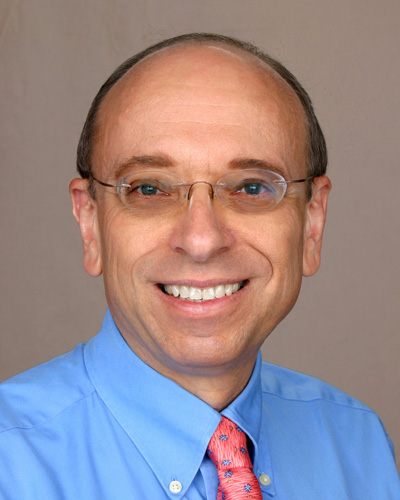
Prior to Forbes’ presentation, Hanover will host a remembrance ceremony at 3:45 p.m. at the J. Graham Brown Campus Center. The gathering will include reflections on the tornado and its impact on the College and local community. A moment of silence will be held at 3:51 p.m.
Both events are open to the public, free of charge.
General admission tickets: Dr. Greg Forbes’ presentation
Registration: Remembrance ceremony / Watch the live stream
Forbes, best known as The Weather Channel’s severe weather authority, was featured on the network from 1999-2019. Through two decades, he made behind-the-scenes and on-air forecasts and supported The Weather Channel’s timely coverage with discussions of dangerous thunderstorm weather hazards such as tornadoes, damaging winds, hail, floods and lightning.
Forbes became interested in meteorology in middle school and later received a Bachelor of Science degree in the field at Penn State University. He furthered his education at the University of Chicago, where he would earn both master’s and doctoral degrees.
While at the University of Chicago in the early 1970s, Forbes studied tornadoes and severe thunderstorms under the guidance of Prof. T. Theodore Fujita, the world-famous meteorologist and tornado scientist who developed the Fujita Scale that differentiates tornado intensity. Fujita also discovered narrow, intense thunderstorm downdrafts known as “microbursts.”
Ultimately, Forbes’ thesis examined the 1974 Super Outbreak, using aerial and ground investigations to document tornado paths. The discoveries advanced the concepts of tornado “families” and multiple-vortex tornadoes. The research also confirmed the hook echo, as seen on weather radars, as a significant clue for the development of tornadoes.
Forbes’ goal was to be a forecaster and he had no intention of being a television meteorologist. After earning his advanced degrees, he served as field manager for Project NIMROD, the first measurement program to study damaging thunderstorm winds from downbursts and microbursts.
In 1978, Forbes returned to Penn State as a member of the Department of Meteorology faculty. As an assistant and associate professor, he taught courses in weather analysis, forecasting and natural disasters, among other topics. In 1999, he joined The Weather Channel as a forecaster, researcher and on-air personality.
He is a fellow of the American Meteorological Society and is a past member of the Board on Atmospheric Sciences and Climate of the National Research Council. He served as member of the development team of meteorologists and wind engineers who developed the Enhanced Fujita Scale, which replaced the original Fujita Scale in 2007.
Though now retired, Forbes conducts limited weather-related research and makes occasional storm-related appearances on The Weather Channel.





















